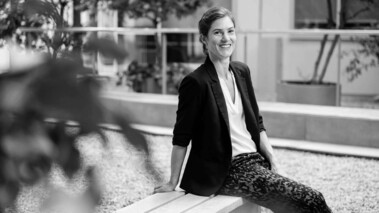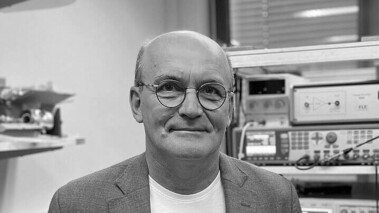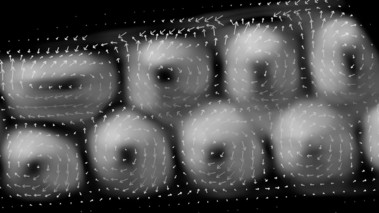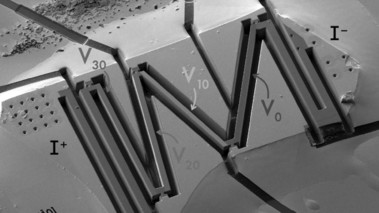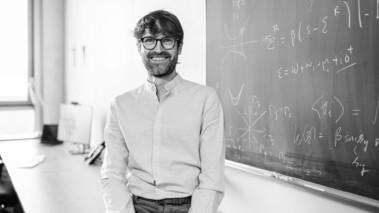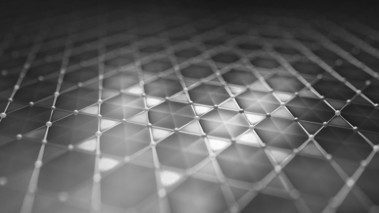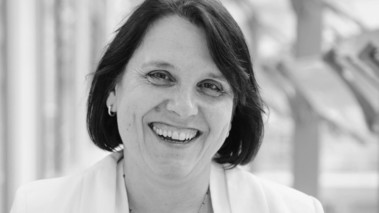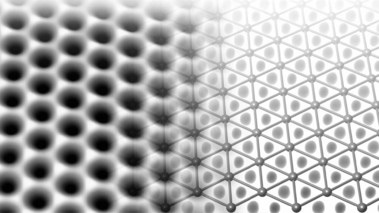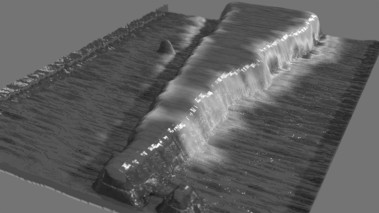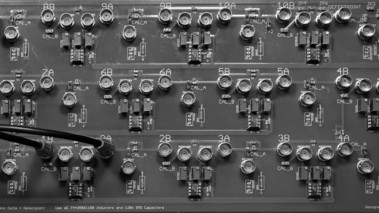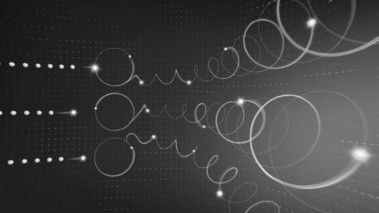News
-
![Pressefoto-Portrait-Elenahassinger-Fototobiasritzctqmat-Dsc03179-1920x1080]()
04 Nov 2022
New quantum professor in Dresden: With record low temperatures into the hotspot of solid state physics
more
-
![Csm-1006erc-Grant-Dyakonov-F749c12bbf-Web]()
07 Oct 2022
ERC Advanced Grant for Vladimir Dyakonov
more
-
![Skyrmionen-Abb1-1920x1080]()
30 May 2022
Whirlwind in the material: Dresden physicist wins prize for world's first image of a 3D magnetic field
more
-
![Pressrelease-Teaserfig-Bachmann-2800x2100-96-1920x1080]()
09 May 2022
A ‘fast lane’ for electrons
more
-
![20220310-Heinzmaierleibnitzpreis-Fototobiasritz]()
10 Mar 2022
Dresden physicist belongs to the best early career scientists in Germany
more
-
![Kagome-Metalle0003-Urheberjo-Rgbandmann-1920x1080]()
11 Feb 2022
Electron conspiracy in a Japanese lattice pattern: Kagome metals baffle science
more
-
![Claudia-Felser-Portraet-Foto-Sven-Doering-Agentur-Focus-1920x1080]()
06 Dec 2021
Claudia Felser receives Max Born Prize
more
-
![Elektronen-Familie-1-Pixelwgjo-Rgbandmann-Ctqmat-1920x1080]()
05 Nov 2021
Electron family creates previously unknown state of matter
more
-
![Dreieckigehonigwaben-Abbildungctqmat]()
14 Sept 2021
Triangular Honeycombs: Physicists design novel quantum material
more
-
![Bauanleitungfuerquantenmaterialien-1920x1080]()
02 Jul 2021
"Construction manual" for quantum materials
more
-
![Pressebild-Detail-Topolektrischeschaltkreise-Fotolukasziegler-1920x1080]()
31 May 2021
Topolectrical circuits: A new direction of topological research is ready for take off
more
-
![Pressebild-Elektroneninderwarteschlange-Joergbandmann-1920x1080]()
28 May 2021
Electrons waiting for their turn: New model explains 3D quantum material
more


